by Mara Evenstar
Over the past several months, I’ve had several conversations around sacred, ritual, and safe space. Some conversation were with others, and many were with myself in deep contemplation. I think in these times of rapid evolution and redefinition, it is important to revisit our thoughts, ideas, and understanding about some basic principles. For me, this inquiry is both pragmatic and philosophical. I find myself leading ritual and ceremony on a regular basis now, and I feel it’s important that I have clarity within my own self. And philosophically, when we and our world are changing rapidly, it is helpful to continually check our center of gravity and ask ourselves: How do I define this now? What do I think/feel about this concept now? What does my experience tell me? What do I really believe? Are my actions and behaviors in alignment with my new truth, or stuck in old patterns?
“I think in these times of rapid evolution and redefinition, it is important to revisit our thoughts, ideas, and understanding about some basic principles. ”
Following are some of my musings around sacred space, ritual space, and safe space. I invite you to go on your own journey of inquiry as you observe what resonates or creates discord within you while reading.
So, what is sacred? Sacred is a word and experience that often evokes a sense of awe, a feeling of being deeply held, deeply connected. It is a feeling of specialness. It can also evoke great anger and grief if we experience the sacred as being defiled or disregarded. Is something sacred because we make it so, or because it is inherently sacred? How we answer that question, reveals our underlying assumptions and beliefs about the very nature of reality – and influences our actions.
We can hold the perspective that all is sacred. In its very essence anything that exists, and all the space in-between, is sacred. We can also hold the perspective that nothing is sacred, and only becomes so when consecrated by conscious actions and intentions. And in some cosmologies, the perspective is that only some, or parts of creation, are sacred – given special attention and intention of the Divine.
“In the realm of ritual and ceremony, sacred space is a foundational element.”
We can get caught and stuck in any of these perspectives, or even caught and stuck in the paradox of these perspectives. What the sages of the ages have been telling us is that the next stage of our development in consciousness, among other things, is our ability to simultaneously hold multiple perspectives, to have the capacity to hold a yes, and stance. All is sacred, and nothing is sacred, and it is only sacred when we attend and sacralize or desecrate. Leaning in to the paradox created by holding multiple, conflicting perspectives is shifting me into experiencing “sacred” as a verb, a process, in addition to experiencing “sacred” as a thing or a description of a thing. There is an aliveness to “sacred” now for me that is much more palpable and available than before.
In the realm of ritual and ceremony, sacred space is a foundational element. When the sacred is experienced from the point of view of human consciousness, we sacralize and de-sacralize with our attention and our inattention. When we “create” sacred space, we are essentially recognizing the sacred nature of the space and everything in it. We are also recognizing the sacred nature of this moment, this span of time, in which we are giving intention to this space – in essence we are creating sacred space.
Ironically, in creating these boundaries around space and time with our attention and intention, we create the potential to step outside of time, to step out of place, to step out of limited understanding of who/what we are and encounter knowings beyond our current beyond. And herein lies the importance and the power of creating sacred space when entering into ritual. The potential for ritual or ceremony to be transformative or affirming, is equal to the potentiated nature of the sacred space/time itself.
But is sacred space safe space? Having a background in transpersonal psychology, I am very sensitive to the concept and actualization of “safe” space. Safe space allows people to open to one another, to allow themselves to be vulnerable if they choose, and to trust that their vulnerability will not be betrayed or that advantage will be taken. Mostly, it is a space in which people feel safe, or are encouraged or invited to feel safe.
“It’s a dangerous business, Frodo, going out your front door.”
In my experience, in today’s circles, we tend to confuse sacred space and safe space – and although they are interacting dynamics, they are not the same thing. In the context of ritual, I think it is important to understand that sacred space in ritual is not necessarily safe space (in terms of people feeling safe). In the words of a well known character, “It’s a dangerous business, Frodo, going out your front door.” And when we enter into conversation with the unseen worlds (including that of our psyche) through ritual, there is every danger of feeling unsafe, of feeling challenged or threatened, of feeling out of our element, because we are!
Ritual stirs the alchemical pot...and continues to do so outside of ritual event and designated sacred space. We may be asked to make sacrifice, to “die,” so that something new can be born. We may be asked to affirm our divinity and to take responsibility for our creations. We may be initiated into new ways of being. We may face disappointment of nothing being asked of us at all…because we’re just not ready yet. Ritual, in its essence is relational. Ritual is sacred process. Often we must step outside of our desire for safety to truly participate in sacred process and cultivate our own evolution and sense of sacred wholeness.
And in the end, through my musings, this is what I find that I really wish to attend to in my life project at this point in time: Do the spaces I attend to—those containers built in space and time, and the experiences held within them, hold the potential to be sacred and therefore transformative?
Mara Evenstar a designer of spaces and experiences in service to our individual and collective transformation and evolution in consciousness. She holds a Master degree of Transpersonal Psychology and is a doctoral candidate through Meridian University in Leadership & Social Transformation. Her creative spirit can be seen through her work in developing and offering transformative arts through her practice Arammai Services, and at her shop Evenstar’s Chalice.




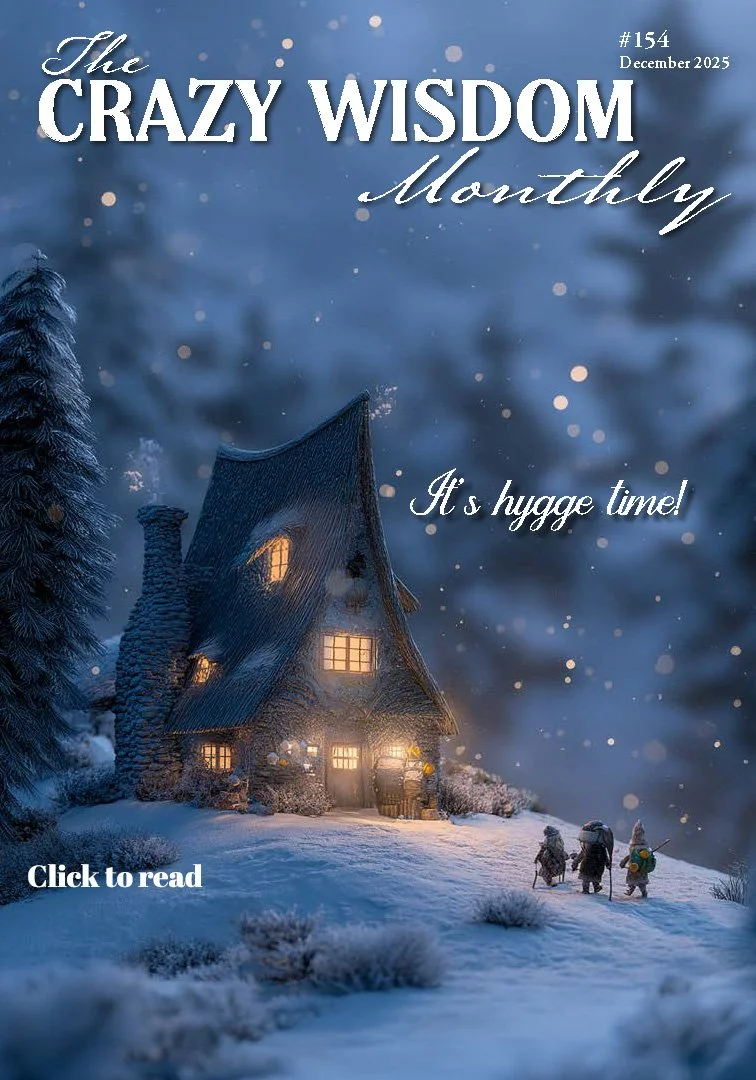
















































































































































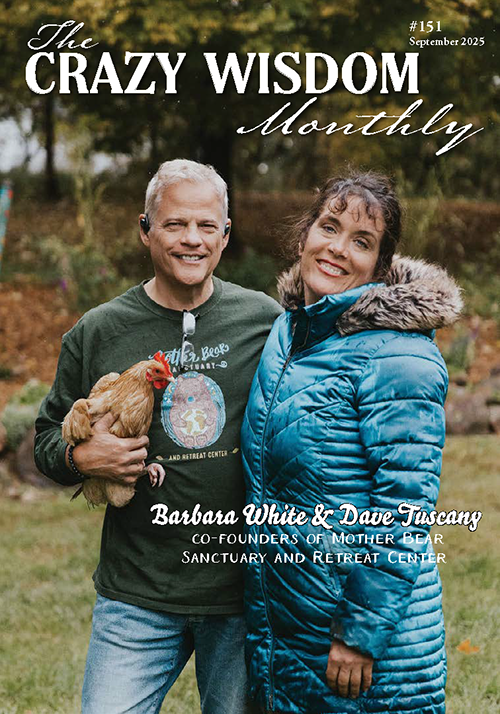
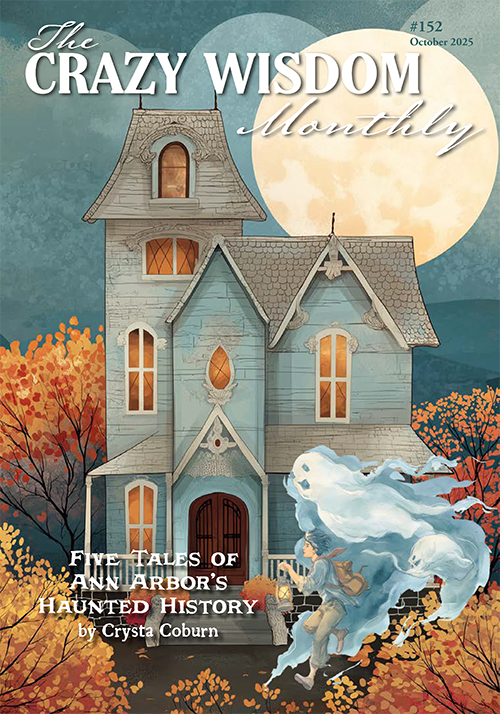
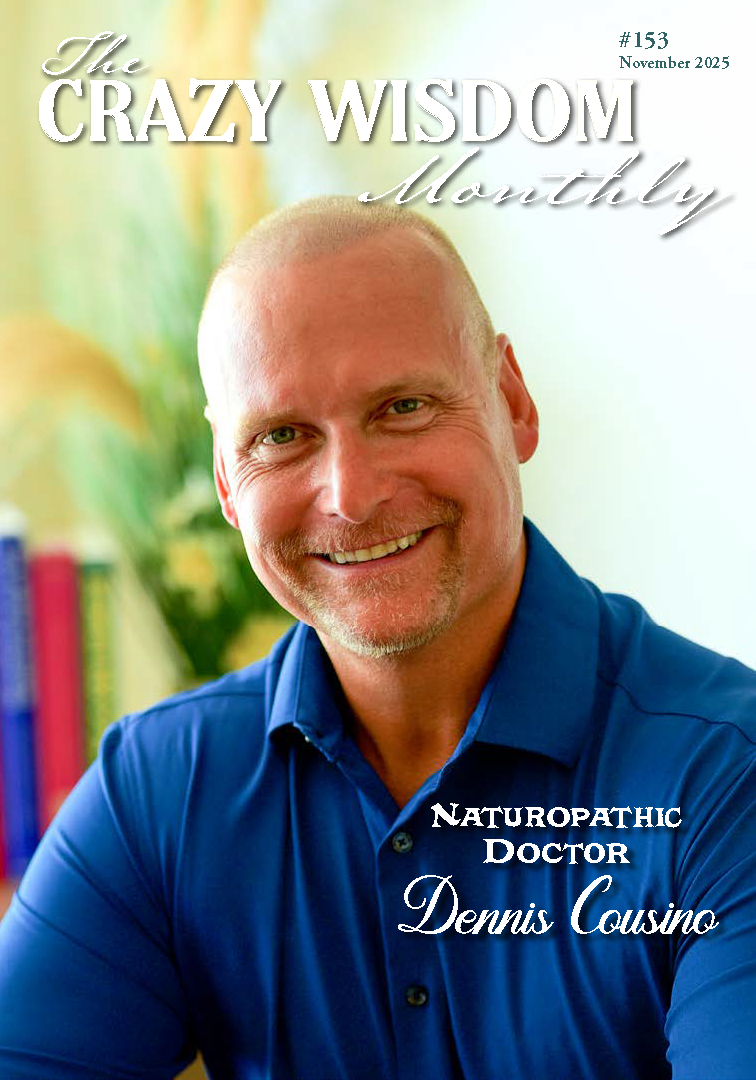
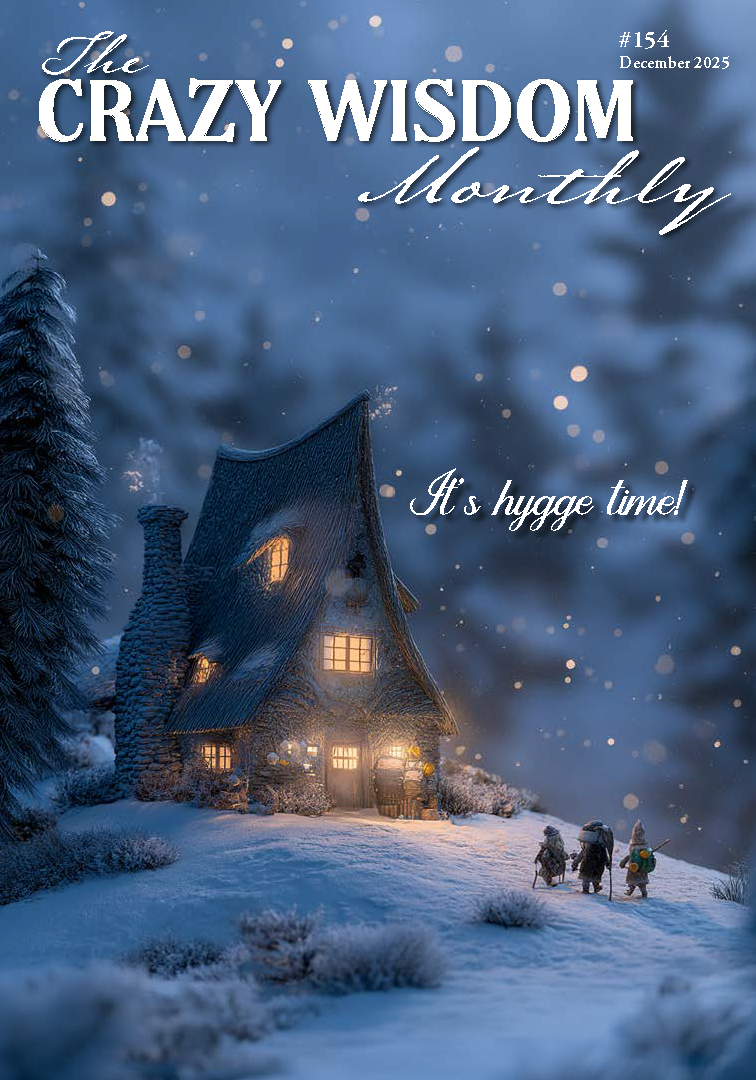
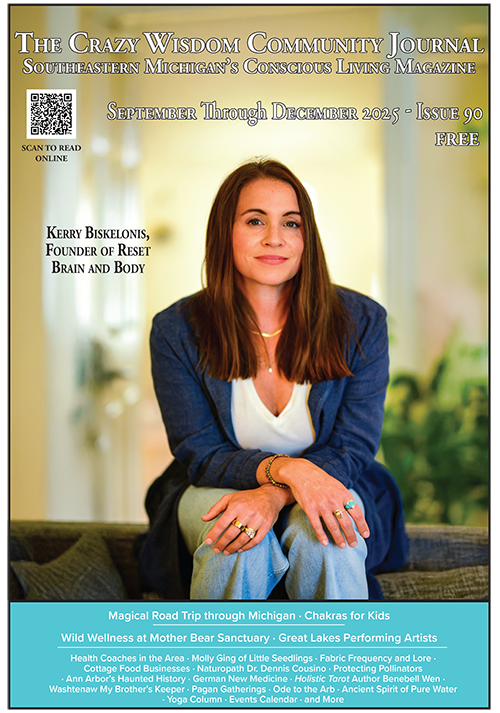








































Over the past several months, I’ve had several conversations around sacred, ritual, and safe space. Some conversation were with others, and many were with myself in deep contemplation. I think in these times of rapid evolution and redefinition, it is important to revisit our thoughts, ideas, and understanding about some basic principles. For me, this inquiry is both pragmatic and philosophical.